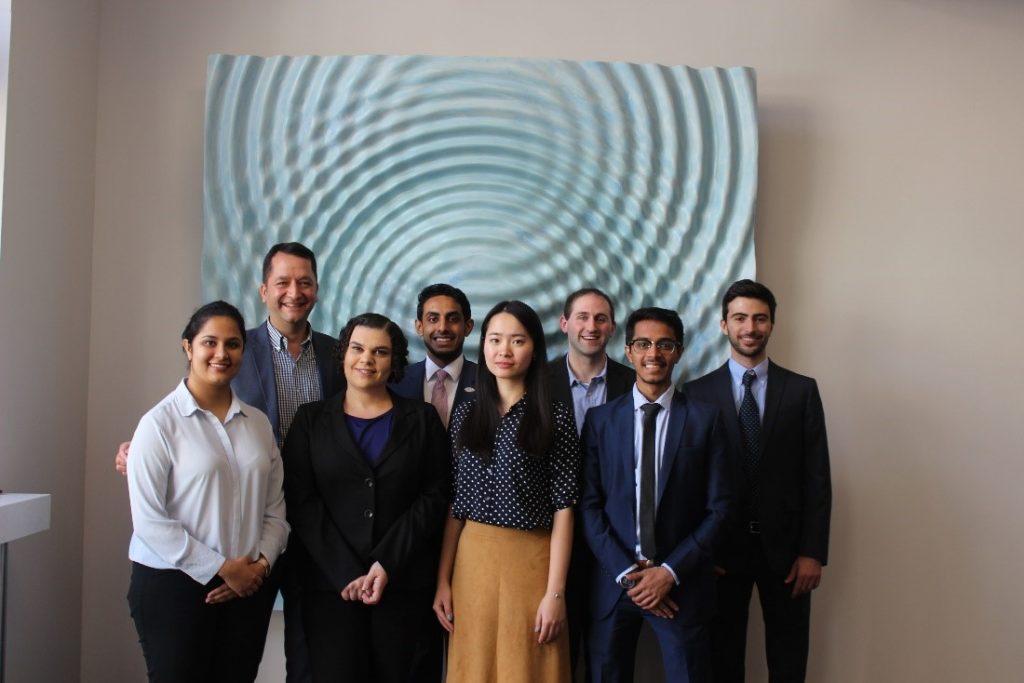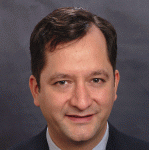Each day, more than 130 Americans die from opioid overdoses. Combating the opioid epidemic begins with understanding it, and that begins with data.
SAS recently partnered with graduate students from Carnegie Mellon University (CMU) 's Heinz College of Information Systems and Public Policy to understand how data mining and machine learning capabilities can be used to generate insights from public Medicare data, both structured and unstructured (i.e. text data).
As part of a capstone project, a team of CMU students created a pilot program using an innovative fraud solution that accomplished two primary goals:
- Help the Centers for Medicare and Medicaid Services (CMS) identify people at risk of opioid overdose.
- Uncover related Medicare provider fraud and more efficiently handle citizen feedback on Medicare regulations.
Open data and analytics to the rescue
The team used a variety of advanced analytics from SAS and open source to analyze several data sources made available through the U.S. Federal Government’s open data initiative. The resulting modules for the Medicare Fraud Solution included:
- A targeting module using public data from the Chronic Conditions Warehouse (CCW) to identify problems or "hotspots" in Appalachia. The CCW is a research database that makes Medicare data readily available for researchers to improve the quality of care and reduce costs and utilization. The CMU team identified counties of concern and compared county-level indicators of opioid misuse.
- An investigation module using synthetic Medicare claims data augmented with the Department of Health & Humans Services Office of the Inspector General (OIG) Toolkit. This module employs machine learning to find high-risk beneficiaries. The OIG Toolkit analyzes patients' opioid levels and identifies those at risk of opioid misuse or overdose, and contains the actual SAS code used by OIG in its fight against the opioid epidemic. Additionally, the team applied data mining and machine learning to this data to expose fraud, waste, and abuse and provide analytical insights to help target investigations. Key to creating these methods was the SAS SWAT package, a Python interface to SAS’ new Cloud analytical framework. It was also important to convert OIG Toolkit code into easy-to-use components to support widespread adoption of the toolkit.
- An interventions module that analyzes public comments on regulations to produce meaningful policy interventions. The methodology streamlines and increases the efficiency of CMS’s public commenting response using APIs and the cloud. The methodology, which used the cloud, open source, and natural language processing, reduced the number of public comments that required manual review and grouped the comments into broad topics for further analysis by CMS.
The team and the technology
Rema Padman, Heinz College professor of management science and healthcare informatics, and I led and mentored the CMU Capstone team with assistance from SAS domain and technology experts. The cross-functional team—composed of students from Heinz College’s master’s degree programs in health care analytics, health care policy and management, policy analytics, public policy and management, and information systems management—brought valuable, complementary perspectives to the problem. Aided by the SAS Viya platform and other methodologies, the team transformed data into insights and produced quality deliverables while ensuring a positive learning experience as shown in their final presentation, made available on YouTube.

According to Padman, “This project is indicative of the educational experience at Heinz College. It highlights all the essential components of a capstone project: it’s focused on a real-world problem, it’s team-focused, interdisciplinary, and trains students to be critical thinkers who are not afraid to tackle complex societal challenges at the interface of people, policy, and technology.”
I was proud to mentor the Capstone team, who came into the project with robust analytical knowledge and technical acumen, and as a result were able to leverage the power of SAS Viya for a big impact in a relatively short amount of time.
The team’s approach included using agile to traverse an analytics lifecycle composed of four phases:
- Data Management.
- Data Exploration.
- Model Building.
- Model Deployment, Dashboards, and Reports.
The team also made use of SAS software from our SAS Government GITHUB location, which can be used by any government agency to kick-start an analytics project. The CMU team contributed software to the public domain such as the aforementioned GUI for the OIG Toolkit.

Students learn while giving back
David Pinski, a student in Heinz College’s Public Policy and Management – Data Analytics program, said, “I chose this capstone to gain exposure to working with large amounts of data in the hope of having a meaningful impact on a social problem.
“I very much enjoyed this project. I was able to take a work stream, solidify it into actionable steps, and deliver something novel, all with the help of the team, the client, and our adviser. I also learned how to use the SAS platform effectively. With this experience under my belt, I know what's needed to deliver on future data science projects – namely communication, creativity, and work ethic.”
For any organization interested in adopting analytics, the SAS® Viya® Platform can help accelerate the journey from fragmented beginnings to world class capabilities. Learn more here, and if you really want to get crazy, check out my paper “Pedal-to-the-Metal Analytics.”
Many organizations do not know where or how to begin their analytics journey. SAS Viya gives them the flexible and easy to use tools to embark on their analytics journey and confront tough analytics problems, like the opioid epidemic.
Along with Agile and a firm understanding of the problem, analytics teams like the CMU capstone team will find effective ways of not only transforming data into insights but find that they themselves transform towards an analytically mature team with world-class capabilities.
Attendees of next week’s HIMSS conference can learn more about what CMU and SAS are each doing to improve public health.

4 Comments
Fantastic journey, Manuel! There's no better way to showcase the power of SAS to effect meaningful change other than engaging with the future leaders emerging from programs like CMU's. Bravo!
Great to see students participating in these real-world use cases. We need all the help we can get to tackle the Opioid epidemic.
Awesome article, Manuel! What a great example of teaming up with a powerhouse of talent at CMU for #data4good. Congratulations on making a difference with the power of SAS.
Is there a video synopsis of this project? I’d love to use it in an intro to data science type of course, or intro to info for business.